Safety Harbor Tree Ordinance Another Step Closer To Completion
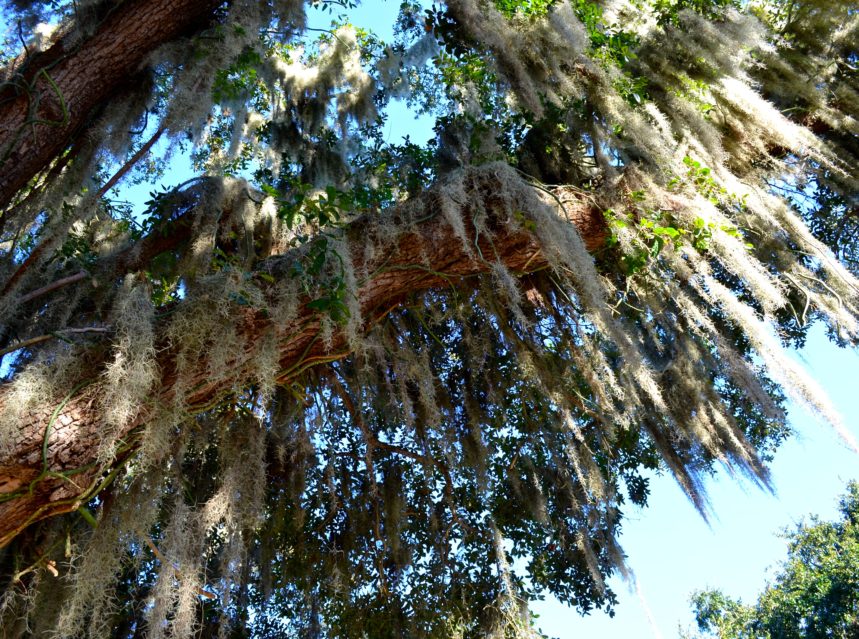
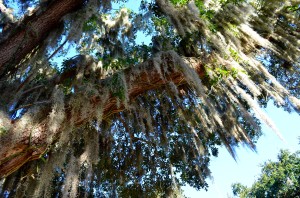
The Safety Harbor City Commission held another workshop dedicated to finalizing the city’s draft tree ordinance on Monday night, and while some issues received clarification, other items remain unresolved even after many months of meetings.
The commission agreed to remove diseased trees from the permit criteria section (153.05) of the ordinance, and it also agreed to allow a certified arborist to determine whether a tree is dead or not in order for it to be removed without penalty.
They also decided the commission should be the governing body that hears all appeals associated with the permitting process, and they agreed to eliminate the hardship waiver portion of the ordinance, noting there is already criteria in place for waiving fees based on four conditions listed in section 153.03.
The issue that received the most attention – and debate – on the night was the section concerning fees for replacement plantings on residential and other properties (153.06e).
As written, the ordinance calls for a tiered system for applying fees to homeowners and developers who wish to remove protected trees from their property.
The fees are based on the tree’s DBH (diameter at breast height) and increase in cost as the DBH increases. There are two tiers for these fees, one for individual single-family residential lots and one for all other developments and properties.
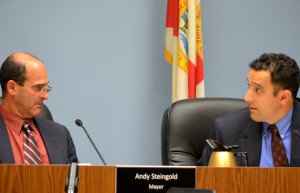
While some of the commissioners said they believe there should not be a tiered system, that all fines should be equal no matter who owns the property, others argued there has to be a higher cost applied to those who are not current residents of the city, i.e. developers.
“I think we should keep one set of fines for everybody,” Commissioner Carlos Diaz said. “It’s only fair…to keep one set of rules.”
“I think it’s irrelevant who owns the property,” Commissioner Rick Blake concurred. “It’s silly to penalize people differently when the goal is to save trees.”
“There’s a cost of doing business that goes into this,” Mayor Andy Steingold countered. “That’s why there’s a distinction.”
“It’s a disincentive to removing trees,” Commissioner Andy Zodrow added. “When you’re developing a lot, it’s a cost of doing business.”
Vice Mayor Cliff Merz then questioned whether the purpose of the tiered system was to raise money or increase the amount of trees being planted in the city.
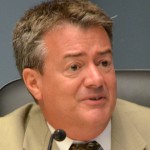
“I’m having difficulty with this,” Merz admitted. “One approach is, if you take one tree down, you put another one up. If you do that, does it matter? The point of this isn’t to raise funds.”
Commissioner Zodrow agreed the idea was not to raise funds, but Mayor Steingold insisted the tiered system was “the way to go.”
“If you want to discourage business, that’s the way to go,” Diaz added, using the analogy that you don’t give someone a speeding ticket based on the amount of money the violator makes.
In the end the commission decided to leave the tiered system in place, for now, and revisit it again at a future workshop.
Other items that will be revisited include the list of species that will be protected under the ordinance, and the minimum tree requirements per lot.
The commission plans on hosting a town hall style meeting in order to get public input on the ordinance sometime in early December, and then it will hold another workshop to help finalize the draft after that.
Related:
- Safety Harbor Tree Moratorium Approved, Effective Immediately
- Commission Calls For Calm Amid Tree Removal Rancor
- Protest to Precede Tree Workshop Tonight In Safety Harbor
- SHCC To Host Special Tree Workshop on Monday, Oct. 6
- Safety Harbor Explores Moratorium On Removing Trees
- SHCC Calls for Clearer Language, Higher Fees At Tree Ordinance Workshop
- City Commission Looks To Add “Teeth” To Tree Ordinance
Note: Commissioner Rick Blake owns the parent company of Safety Harbor Connect.



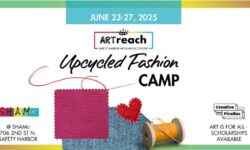

1 Comments